Jump to: Quarter Rolls | History of Coin Rolls | Weight and Size | Types of Coin Rolls | How to Roll Your Coins | Types of Wrappers | Coin Hunting | FAQs
Coin rolls or bankrolls are containers made of paper that hold a certain amount of coins. Each denomination has its own standardized size and amount of coins. They can also be referred to as coin tubes or coin sleeves.
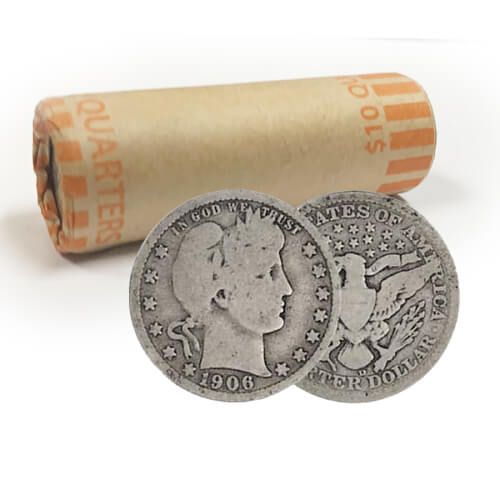
Roll of Quarters Overview
A roll of quarters consists of 40 quarters wrapped in plastic or paper containers that come in a cylindrical format, like a tube. Each roll has 40 quarters, which are worth 25 cents, so the complete piece, with 40 quarter coins in a roll, is worth $10.
In the United States, you can find empty coin rolls for any denomination for free at some banks. These institutions may have a policy that only customers can exchange paper money for rolls of coins.
Coins are rolled in order to organize, track and control the stacks. You can identify each type of coin roll by its denomination size, usually written on the package.
Different Coin Roll Denominations
American coins distributed in the country enter circulation via the Federal Reserve Bank of the United States. The Federal Reserve Bank receives coins minted by the United States Mint. In order to distribute these coins to financial institutions, they are stacked by size according to their denomination: Pennies, Nickels, Dimes, Quarters, Half Dollars, Small Dollars, and Large One Dollar Coins.
See below a list of how many coins can be included in a roll of quarters and their respective values. Although one might encounter rolls that diverge from the standard ones, any other quantity per roll is not official.
|
Name |
Denomination |
Coins Per Roll |
Roll Value |
Weight (g) |
|
Penny |
1¢ |
50 |
$0.50 |
125 |
|
Nickel |
5¢ |
40 |
$2.00 |
200 |
|
Dime |
10¢ |
50 |
$5.00 |
113.4 |
|
Quarter |
25¢ |
40 |
$10.00 |
226.8 |
|
Half Dollar |
50¢ |
20 |
$10.00 |
226.8 |
|
Small Dollar |
$1.00 |
25 |
$25.00 |
202.5 |
|
Large Dollar |
$1.00 |
20 |
$20.00 |
453.6 |
History and Origin of Coin Rolls
Automatic Coin Rolling Machines
During the 19th century, coins were collected in reusable bags, and the wrapping job was done by hand. After the creation of the federal reserve bank, the bags of coins were sent to individual reserve banks, where the coins would be wrapped and sealed. These rolls would also carry the bank name on them.
Fortunately, in 1908, Charles S. Batdof created the first fully automatic coin-wrapping machine. According to him, the machine would "provide a means whereby bogus, spurious, counterfeit coins will be rejected by the machine automatically even though they be of the same size as the genuine coins of the value for which the machine is designed to operate"
See below for details on the real patent:
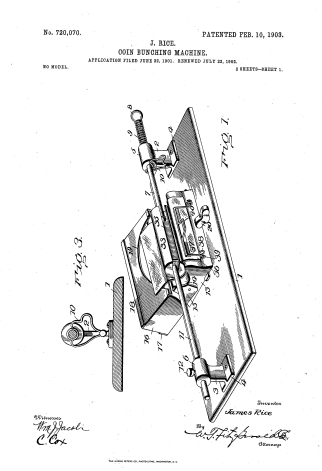
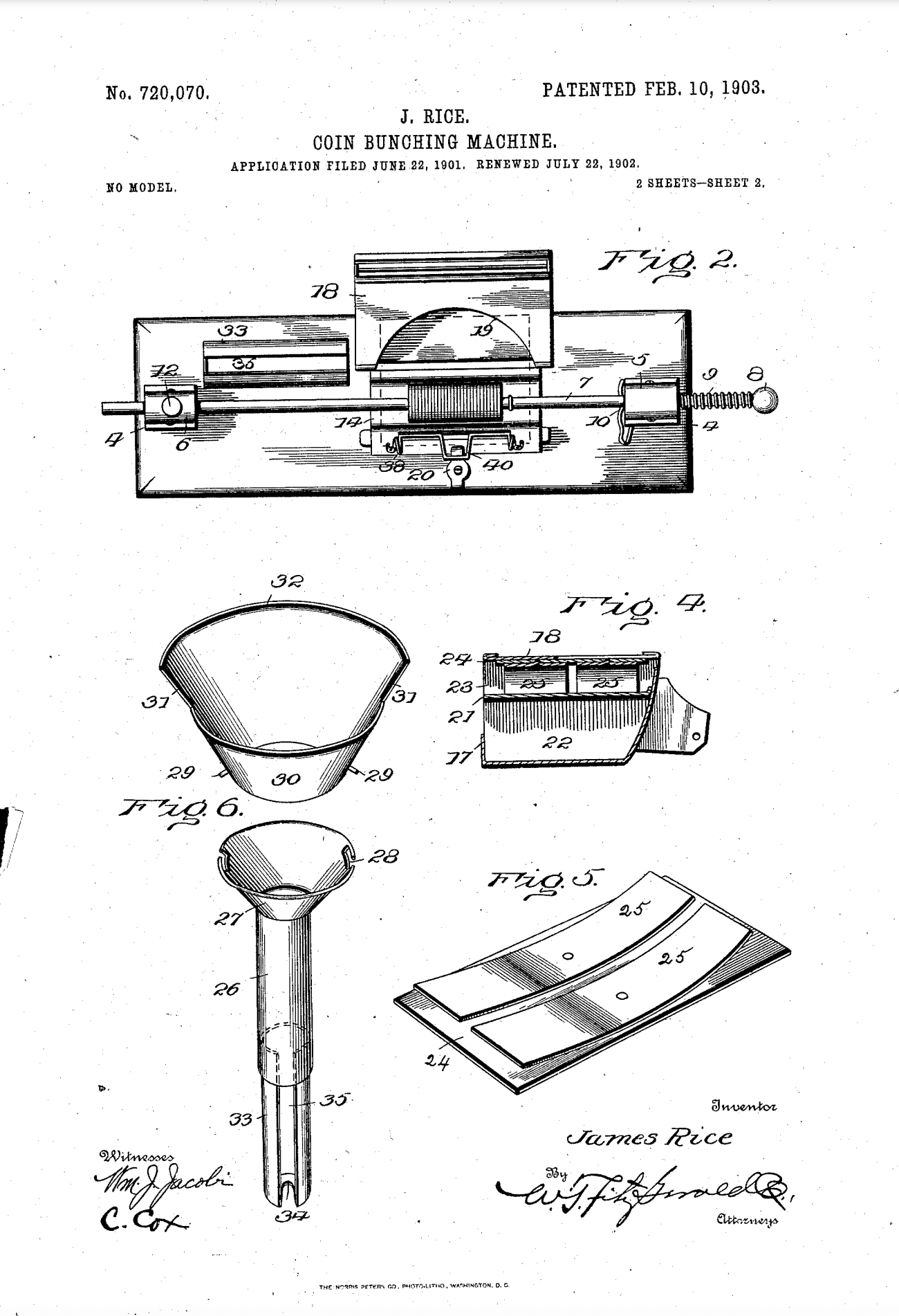
Source: By James Rice February 10, 1903 patent - Public Domain.
History in Modern Times
More recently, coin rolls have become an integral part of the numismatic and bullion industries.
Numismatic coin rolls contain valuable collectible coins in uncirculated condition, often sold to collectors at a premium.
Similarly, bullion coin rolls will contain a specific amount of coins made of precious metals such as silver or gold, packaged for easy storage and investment purposes.
Savvy investors usually allocate part of their investment portfolios in 90% Constitutional Silver (also called Junk Silver), that is Pre-1965 coins made of silver bullion, to hedge against inflation and fiat currency devaluation.
Weight and Size Considerations for Rolls of Quarters
In short, a roll of quarters weighs 8 ounces. The math is simple: if each Quarter Dollar weighs 5.67g, and there are 40 quarters per roll, that is 40 times 5.67, which equals 226.8 grams or 8.0001346 oz.
Each roll of coins has a standardized weight and size. Just like a quarter roll has 40 coins rolled in a paper wrapper, a penny roll will consist of 50 coins weighing 125 grams.
Popular Types Of Coin Rolls Available On The Market Today
There are different types of coin rolls available in the market. These different types of coin rolls are not the standard rolls created by the government but, instead, are created by private companies and can vary in size. As an example, the half rolls, which have half as many coins as the standard roll.
On the other hand, you can also find double rolls. These consist, as you can imagine, of twice as many coins as the standard rolls.
There are basically two types of places you can go in order to purchase quarter rolls. You can either purchase standard rolls at your local bank, or if you are looking for old, rare, and valuable coins, you might find them in places selling antiques or with coin dealers, including online bullion dealers.
Where to Find Coin Rolls
The most obvious option to get coin rolls is at your local bank, though bank tellers could resist selling you a large number of coin rolls if there is a coin shortage.
You can find your regular circulating coin rolls in the following places:
- Cash/paycheck advance offices
- Grocery stores
- Banks, Credit unions
- Big-box stores
- Convenience stores
For vintage/older coin rolls, you may go to the following places:
- Coin auctions
- Coin dealers
- Coin shops
- Antique stores
- Collectibles markets
- Bullion dealers
Be careful when choosing from where to get your coin rolls. There are a few companies out there that will take ordinary coins and package them into nonstandard rolls with fancy boxes or packaging in order to make them look more valuable rolled coins than they actually are.
They may even come with “Bank Vaults Certificates” to indicate a certain authenticity. This usually is just another way to make the customers pay for more than the product is worth.
How to Roll Your Coins
Here's a step-by-step on how to roll your coins:
- Buy coin wrappers. Whether they will be made of paper or plastic is up to your preferences.
- Make sure to separate the coins and the coin roll wrappers by denomination: quarters, nickels, dimes, pennies, half dollars, and dollar coins.
- Put the coins in the roll with the correct amount and wrap them tight. Make sure not just to fill the roll until the top but follow the standard amount for each coin denomination.
- If you are using a coin-counting machine that also rolls the coins, you just have to place them in the machine and position the wrappers in the indicated place.
If you are doing it by hand, you can just drop the coins into the preformed plastic wrapper, or if using a paper roll, you should unfold it on both ends and place the coins carefully into the wrapper. - After checking if you put the correct amount of coins inside the coin roll, wrap the coins inside by sealing the end of the paper rolls at the top.
Different Types of Wrappers
When choosing what kind of wrapper you will use, take into consideration your personal preference. The difference lies in whether you will have the time and patience to manage a large amount of folding the paper wrappers (if you have a lot of coins to roll) or the little extra money you are willing to invest in the preformed plastic ones.
Some companies even give 30 days in which you can return the wrappers and be refunded if you are not satisfied.
Keep reading to find out more aspects of their differences and which one will best suit you.
Preformed Plastic Wrappers
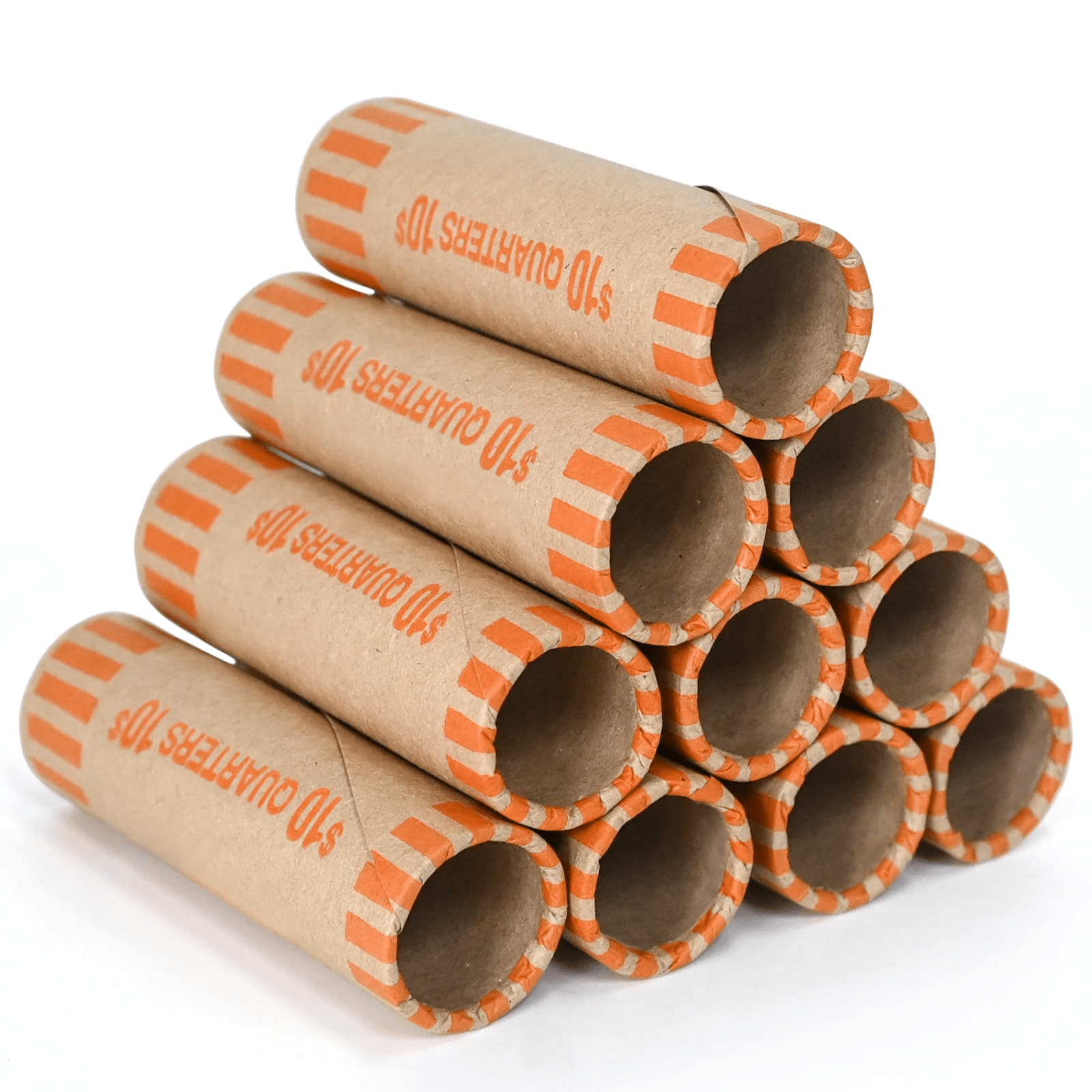
According to many users, plastic wrappers are easier to fill and are sturdier. Additionally, they come in tightly fitting sizes that prevent the coins from shifting around during transport, which reduces the risk of damaging the product.
They also work perfectly fine with coin counting machines since some of them have a feature of coin rolling. In this type of machine, you can just place the rolls in the provided place, and it will count the coins and drop them directly into the respective coin roll wrappers.
If you don't have a machine, all you need to do is separate the different denominations, drop the coins in the respective recipients, and seal the top.
Paper Coin Wrappers
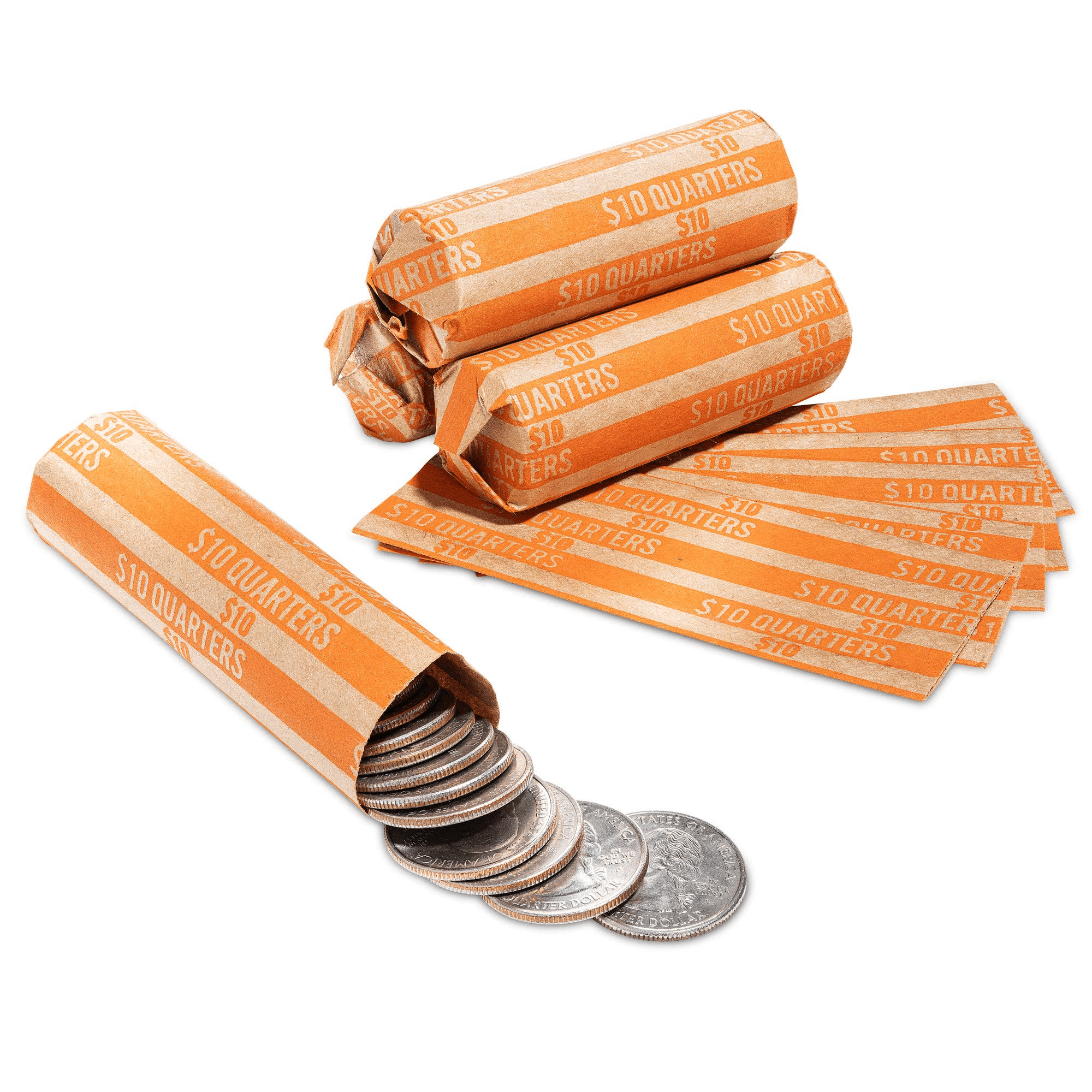
Paper coin wrappers or paper tubes are more common than plastic ones and more affordable for those who want to roll their own coins. They tend to come folded and tend to be easier to be stored away.
You can also find some products with a voluntary 30-Day Return Guarantee, which works perfectly fine if you are insecure about the quality of them and would like to have a chance to try the product first. With this service, if you don't use them, you can return them and have your money back.
Coin Hunting
Coin hunting is a popular hobby among collectors and enthusiasts and consists of the practice of obtaining coin rolls from financial institutions with the purpose of going through them in hopes of finding valuable, rare, or error coins. This practice requires the coin roll hunters to have a keen eye in order to find coins that are unique or potentially valuable currency items.
Check below the common coin collector targets for coin roll hunting:
Penny: Penny rolls are also searched for older designs, such as wheat pennies from 1909–1958 (with a zinc-plated steel variant in 1943), Indian head cents (1859–1909), as well as coins with errors and varieties like the doubled dies and close and wide "AM" cents.
Additionally, some collectors like to save copper memorial Lincoln cents (1959–1982) due to their increasing value as copper bullion.
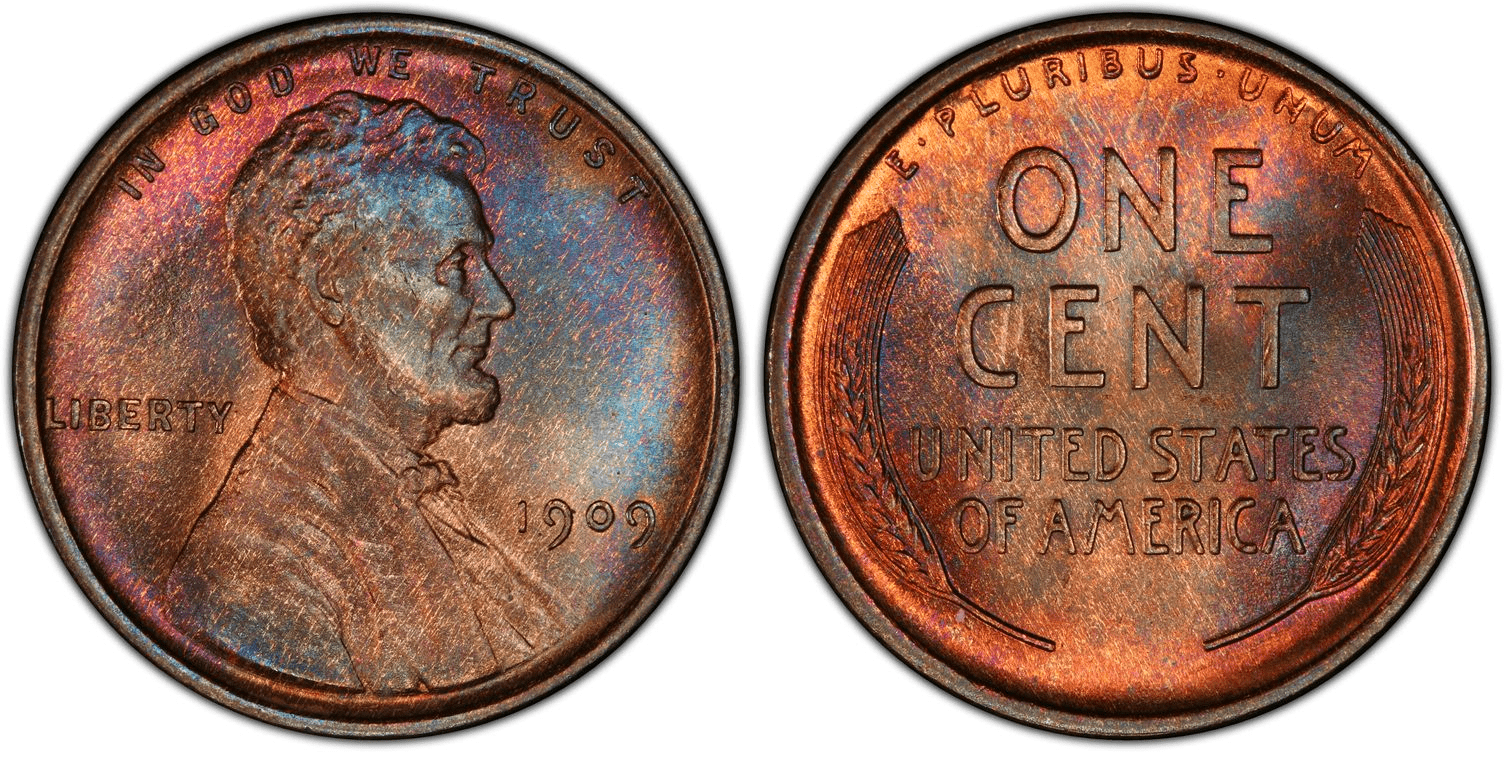
Nickels: Nickels are normally wanted for their 35% silver variant, more specifically "war nickels" from 1942–1945, with a large mint mark letter on top of the Monticello on the reverse of the coin.
The usual composition of other nickels is 75% copper and 25% nickel, but during the war, they were made of 56% copper, 35% silver, and 9% manganese.

Dimes: 90% silver dimes. Before 1965, all the dimes and quarters were made of silver. After that year, the mint changed the composition, so every silver coin from before is a rare coin and should be worth way more than its face value.
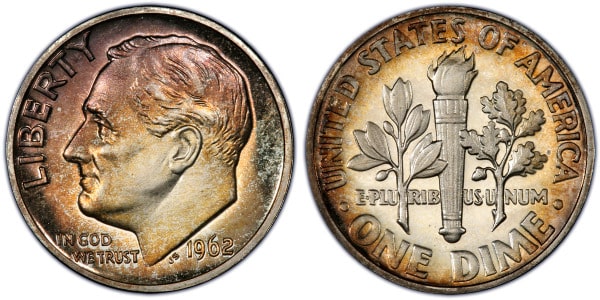
Quarter: 90% silver quarters dated prior to 1965. Until 1964, the Washington Quarter Dollar was made of 90% silver, after which the alloy became outer layers of copper-nickel over a core of pure copper.

Half dollar: Kennedy half dollars made with 90% silver, dated 1964 and prior. Also, look for 40% silver half dollars from 1965–1970.
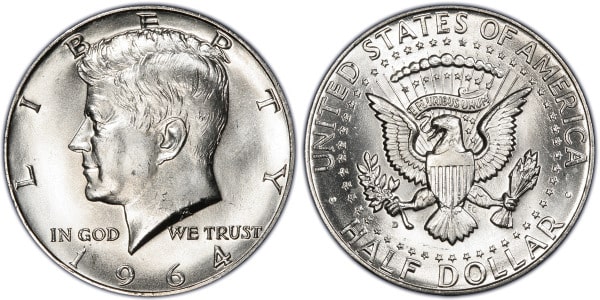
Presidential Dollars: The legislation required that mintmark and mottos E PLURIBUS UNUM and IN GOD WE TRUST appear on the edge of the Presidential Dollar. And because of that, after their obverse and reverse were struck, the coins were passed through a lettering machine.
The mint skipped this step a few times by accident and released the coins missing the edge inscriptions.
According to the NGC, the most common missing edge lettering coin is the 2007 Washington Dollar. Certified gem specimens (MS 65) for most of these issues can be found for under $100. Higher-grade examples will be worth more.
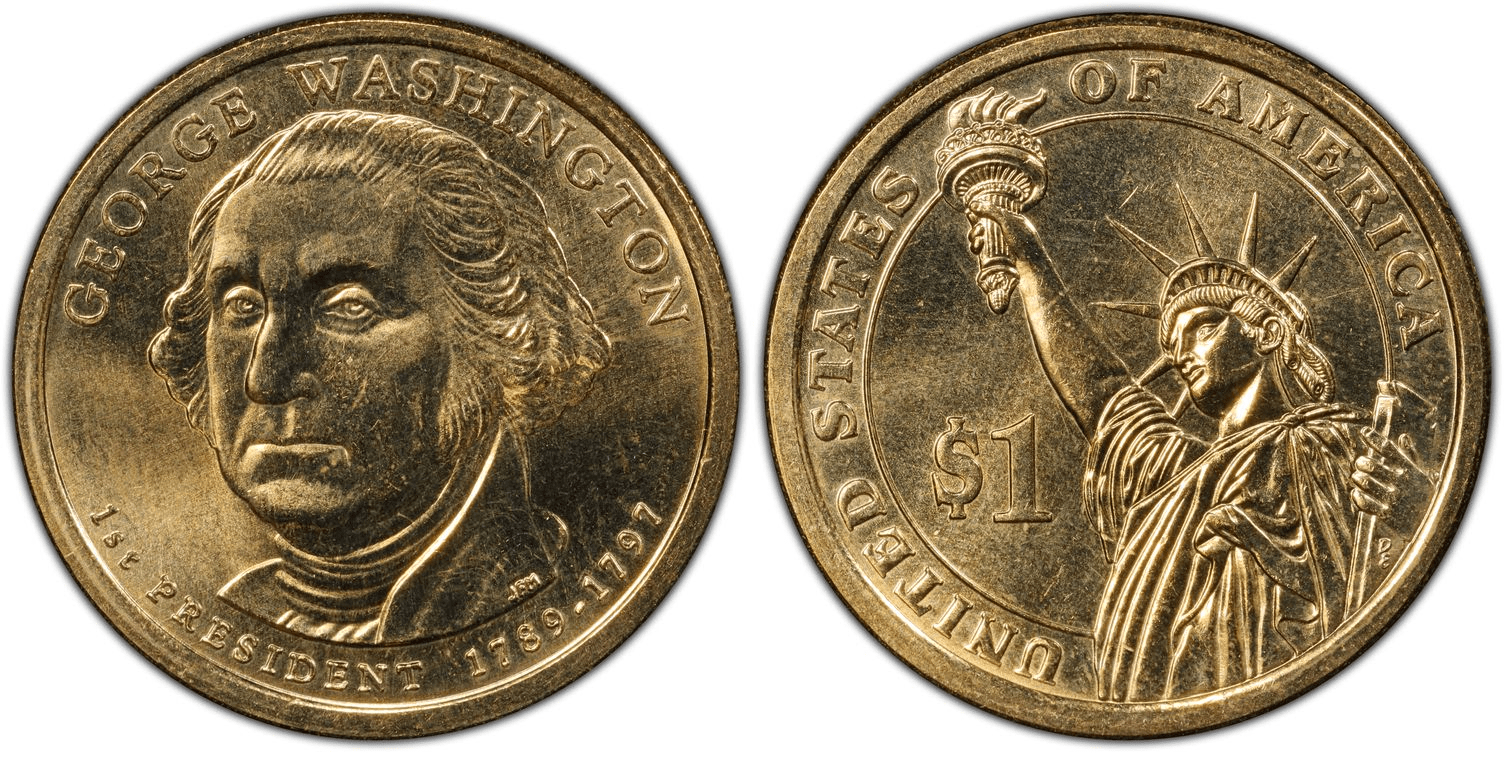
Others: Another demand from hunters is special proof coins and foreign coins. A set of coins, like the America the Beautiful Quarters, the 50 State Quarters, can also be targeted in order to complete a collection set, and in the same way, coins from every year of any regular design in circulated conditions.
Coin collecting can be an affordable recreational activity and become part of a community, as well as an interactive way of educating yourself about historical events of the country and their effects on the currency.
It is also a fun way to teach the kids how to save and manage money while encouraging them to cultivate a healthy hobby such as coin collecting.
See our list for the Best Coins to Collect.
FAQs
One Roll of Quarters – How Many Quarters in a Roll?
Each roll of quarters has 40 coins in it, and each box contains standard 50 rolls. Each coin is worth 25 cents, so a full roll is worth $10, and a full box should be worth $500.
What's the Easiest Way to Roll Coins?
The easiest way to roll coins in terms of speed is by using a machine that sorts and rolls the coins. It is possible to wrap coins manually using paper wrappers or plastic rolls, but this task can be laborious and take a lot of time.
What is Coin Roll Hunting?
Coin roll hunting is a popular hobby where enthusiasts or coin collectors search coin rolls and sort through coins taken from regular circulation, looking for valuable old coins or any collectible pieces. The pursuit involves obtaining rolled, boxed, or bagged coins from banks and credit unions.
How Much Do Quarter Rolls Weigh?
Each roll of quarters contains 40 coins, weighing 2 ounces (56.7 grams) each. So, a standard roll of quarters should weigh half a pound or 8 ounces (approximately 226.8 grams).
How Much is a Box of Quarters at a Bank?
In a standard box of quarters, there are 50 rolls, each containing 40 individual quarters. Every roll is worth $10. 10 times 50 rolls of quarters results in a total value of $500 per box.
















